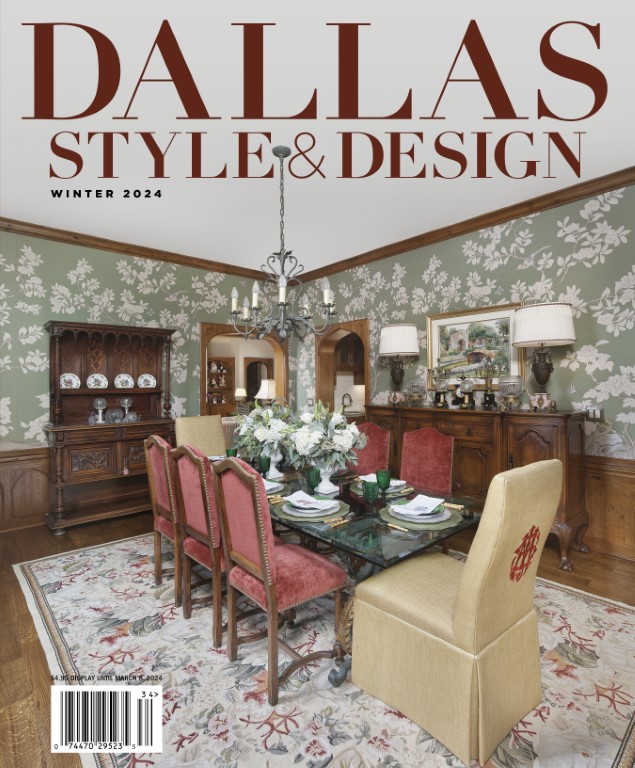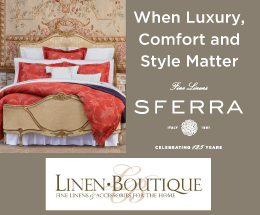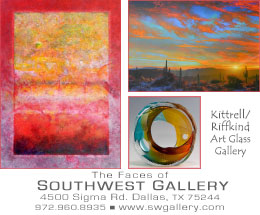
Our earth has created many incredible beauties that are widely cherished in the form of exquisite crystals and minerals. Homes and offices are often adorned with natural specimens that serve as stunning decorative elements and elevate the aesthetics of any space. Although minerals are often left in their original forms, specimens are sometimes sliced or shaped to create pieces that are particularly unique forms of sculptural art.
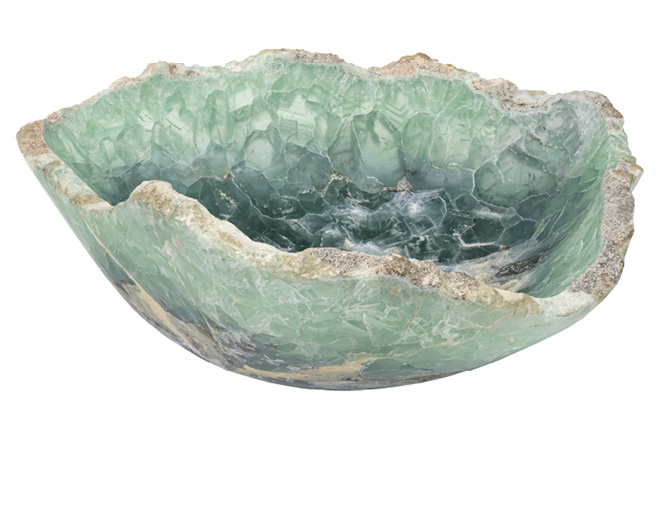
One of my most notable memories during a sourcing trip was a visit to a stone workshop in Brazil. They had a small-scale operation that involved a few members of the local town who were simultaneously miners and craftsmen. These individuals would dig for high-quality quartz rough at a nearby mine and then meticulously carve these raw chunks into extraordinary works of art. Using just basic hand tools and rudimentary equipment, they were able to create amazing abstract sculptures, spheres, vessels and other decorative items.
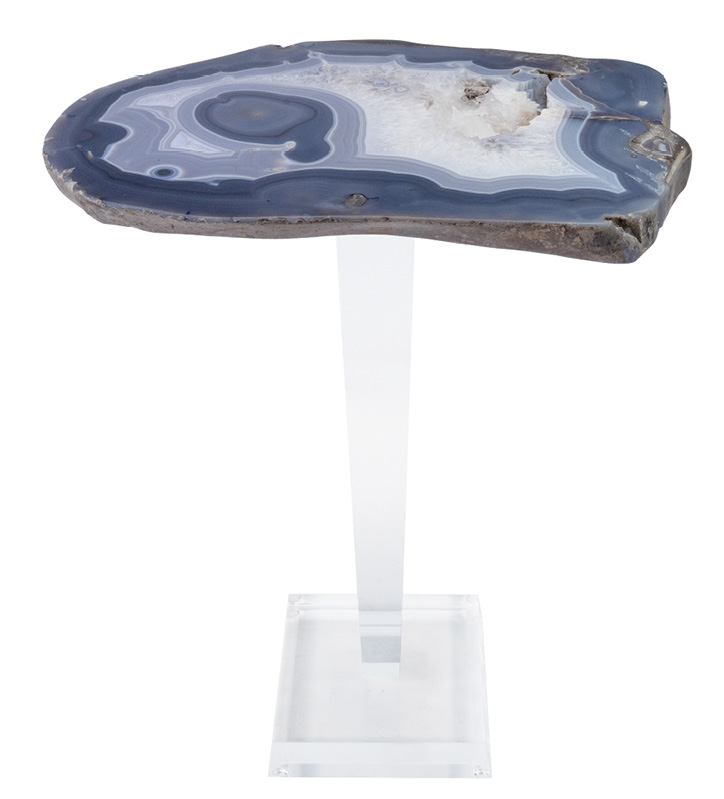
The shaping of vessels involves patiently adding a sloping contour with fine adjustments at various angles. Certain bowls and canoes are made with standardized dimensions, while others exhibit varied undulations and curves. Polishing is also critical and is the final step of the process, although I often personally enjoy seeing an untouched natural edge on the vessels. One of my favorite types of bowls is carved from vivid bluish-green fluorite, which is subtly translucent, allowing light to illuminate its natural mosaic of layers.
A standout collection of stone carvings that we have acquired consists of abstract obsidian sculptures. Obsidian, also known as volcanic glass, is particularly known for its pitch-black appearance and glassy luster. However, our collection of sculptures additionally displays uncommon sheens and iridescence that resulted from microscopic gas bubbles and trapped trace elements. The sculptures were very carefully carved to emphasize these unique features and can be especially appreciated in person. Golden-sheen, silver-sheen, velvet and rainbow obsidian are just a few of the fascinating varieties that exist.
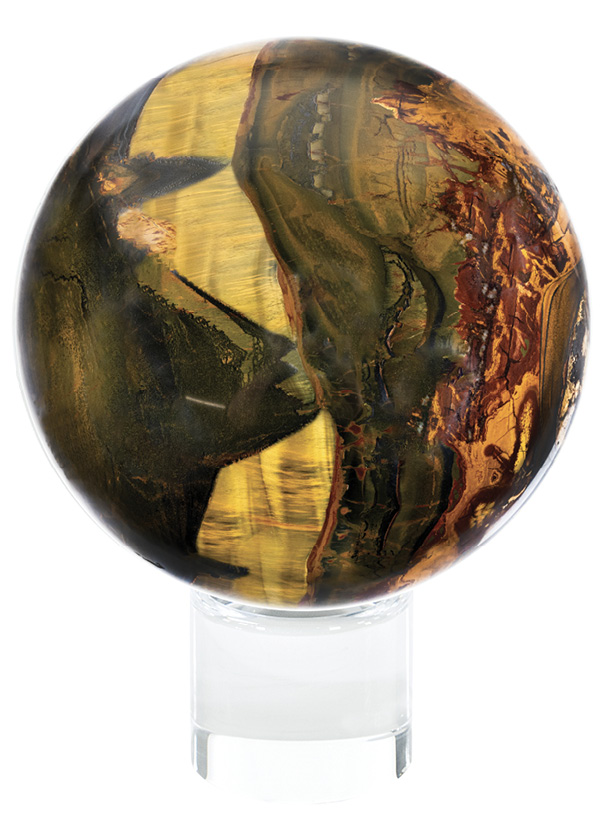
On the topic of pieces that display unusual phenomena, tiger’s-eye should certainly be mentioned. One of our finest sources is a mining family in Australia that owns a quarry in a secluded, mountainous region. The rare variety of tiger’s-eye that they mine is brightly chatoyant and also contains vivid red and green jasper, as well as silver-gray hematite. The colors and patterns are reminiscent of a painting that utilizes a striking palette and bold brushstrokes.
Since it is a rare form of tiger’s-eye, it is usually cut into thin pieces or as shards for jewelry. However, cutting this material is extremely difficult and determining the right thickness to prevent fracturing is challenging. Although we have acquired a number of slices, a recently acquired piece was a sphere that measured 12 inches in diameter and weighed nearly 100 pounds, with exquisite banding at all angles.
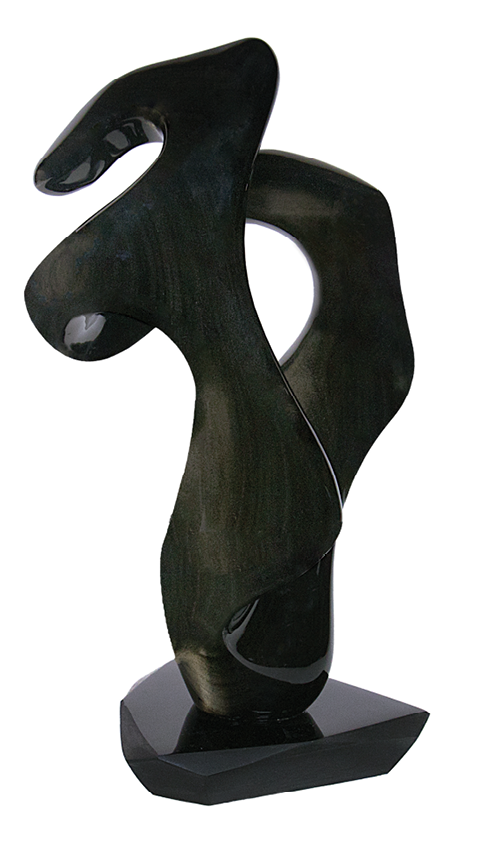
Minerals, especially slices of geodes, can also be used as wall art. While uncut geodes are typically too bulky or deep to be hung from a wall, slicing them into thin, flat pieces allows for ideal wall mountings. In lieu of a painting, tapestry or other standard wall hanging, a beautiful mineral slice can be mounted to a wall with elegant armatures.
We have completed many installations that involved either singular or multiple pieces of mineral wall art. Sometimes these geode slices display hollow centers or sparkling pockets of crystals. Others are completely smooth and confluent. It is especially enjoyable to have pieces that have extensive diversity of color banding due to the variation in the composition of mineral layers and different inclusions.
A rather recent wall art installation was of a very large amethyst geode slice that also exhibited white quartz and green celadonite layers. It was mounted with bronze armatures that complemented the warm tones of the room, and its overall aesthetics were incredible.
Mineral slices also make for magnificent tabletops, ranging from side tables to dining tables. Quartz, agate, chalcedony and certain other stones are even more scratchproof than steel and display a plethora of beautiful colors and patterns. Our company custom fabricates bases that are combined with mineral slices, which, depending on artistic choice and client preferences, include acrylic, brass, bronze, stainless steel and other materials.
Whether the style is traditional or contemporary, minerals shaped as art in the form of carved décor, abstract sculptures, wall art and tables are universally admired in the design and art world. *
Micah Gilbert, owner of Empressive Earth Gallery, is a geologist, paleontologist and gemologist with a trained eye for meticulously sourcing high-quality specimens that make for exquisite décor.

